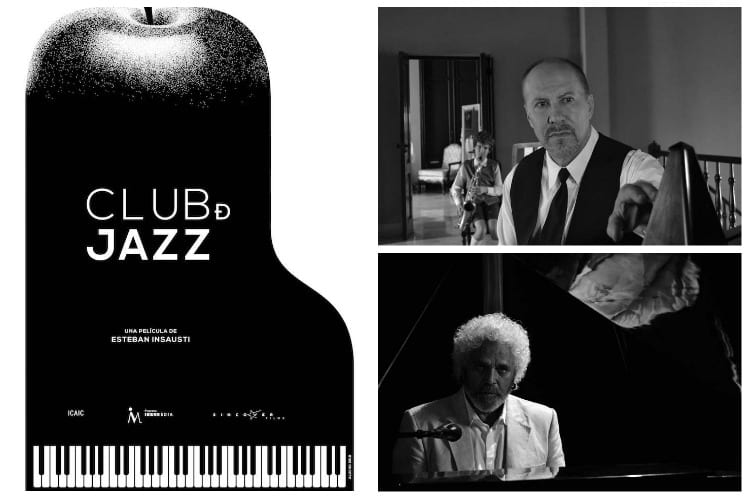“Club de Jazz” in Black and White
Irina Pino

HAVANA TIMES – A friend dragged me along to watch the new movie “Club de jazz”, by director Esteban Isausti, which made its debut in Havana’s movie theaters.
Produced by the Cuban Institute of Cinematographic Art and Industry (ICAIC) and Sincover films, it has been making waves with audiences and critics alike…
With all of the fanfare, I ventured to go and watch it with high hopes, as I had found Larga distancia (a previous feature film) interesting because of its photography, stories and the connection characters had with each other.
This movie has three stories about musicians and a jazz club at different times. Recreated in the late ‘50s, ‘80s and 2000, each story has a suggestive title like “Saxo alto”, “Contrabajo con arco” and “Piano solo”.
Free from everyday hardship, solares (interiors divided into lots of rooms) and slum life, which is something that has been done to death in Cuban movies, this story deals with human misery, envy and physical and spiritual demise.
Under the direction of Angel Alderete and Alejandro Perez, its photography is a visual hook, shot completely in black and white, paying tribute to film classics.
They really hit the mark with the locations they chose as they are extremely beautiful and symbolic. We see the town of Jersey, its derelict buildings, a forgotten place where the train still runs. I could also see rooms at the Riviera Hotel, if I’m not mistaken.
The lighting and atmosphere work really well: when the characters are happy and when they feel oppressed and defeated.
The soundtrack drives the movie along, set up in an intelligent way, with songs by Charles Parker, US and Latin jazz, something for people who love jazz. You can also enjoy some exquisite pieces by Polish composer, Federico Chopin.
The struggle between characters is present in every story as it isn’t the most talented musician who always makes it, or the best, but the mediocre ones who make it by playing tricks, manipulating and being opportunistic. However, the characters are without substance, put together using stereotypes that resemble caricatures without any subtleties. It’s a shame that the script doesn’t stand on its own. As a result, the movie becomes long and boring.
The last story in the trilogy reminded me of the movie Amadeus, by Milos Forman, but this run-down Salieri works using Yoruba wizardry to destroy the Christian pianist, who has blind faith in God, resulting in a pushover who can’t even put his own jazz band together.
All of the actors lack credibility, except for Aramis Delgado in his brief appearance, who is always professional and doesn’t need any introduction. I just so happened to run into at a pizzeria as I was leaving the movie theater and I told him of my disappointment.
There were only a handful of us at the Charles Chaplin movie theater, where I went to watch it.





